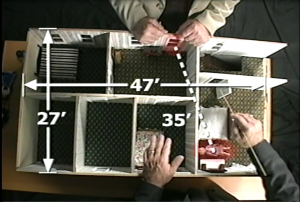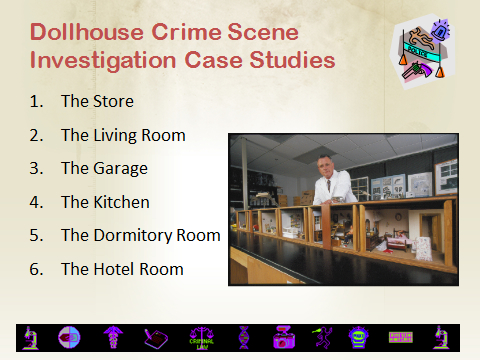What exactly did the victim, suspect or witness see from their vantage point at the crime scene? Could what they believe they had seen, heard or felt been tainted by their own perception? Where was the evidence in relation to the players, and was it found in the location that was reported? Was it even possible for the victim, suspect or witness to have seen, heard or felt what they believe they did from their position in the crime scene? Finally, could the suspect have physically accomplished the act stated by another?
These questions like many others often are crucial when defending or prosecuting a case for your client or the state. The trier of facts will never see the crime scene as it was the time of the incident, yet they will have to decide the facts as they are presented to them with whatever means the adversaries have selected.
When the crime scene photographs and sketches are not enough to present your case, crime scene modeling and 3D illustrations may be your answer for success. ForensIQ’s Tom Mauriello has taken his experience using dollhouse dioramas’ to create crime scene settings for training investigators and criminal justice students and has partnered with the industry’s finest graphic artists and digital photographs, to provide the exact product necessary for the customer. So whether it is panoramic photos; diagrams; computer animation; 3D viewpoints; building a 3D computer graphics model; or a 3D 1 inch scale model to mirror the crime scene during the time in question, ForensIQ can deliver the product.
ForensIQ is also in partnership with TransCon Imaging Solutions and TransCon Crash Scene Investigations, and can provide high-definition 3D laser scanning for Forensics & Crime Scene Replication and Recreation. 3D laser scanning can quickly capture a crime scene in high detail without ever disrupting the scene. These accurate details can then be analyzed and investigated for any missing clues. Accurate reproduction of the crime scene provides much more detail than a series of photographs that might overlook or leave out important evidence. The position and surfaces of the crime scene can then be reviewed in a virtual, 3D environment, offering the investigator a perspective that cannot be achieved through traditional recording methods. Once the scene has been scanned, the evidence and various measurements are “frozen in time” and can be easily retrieved by the investigator at a later time right from his/her desktop.








